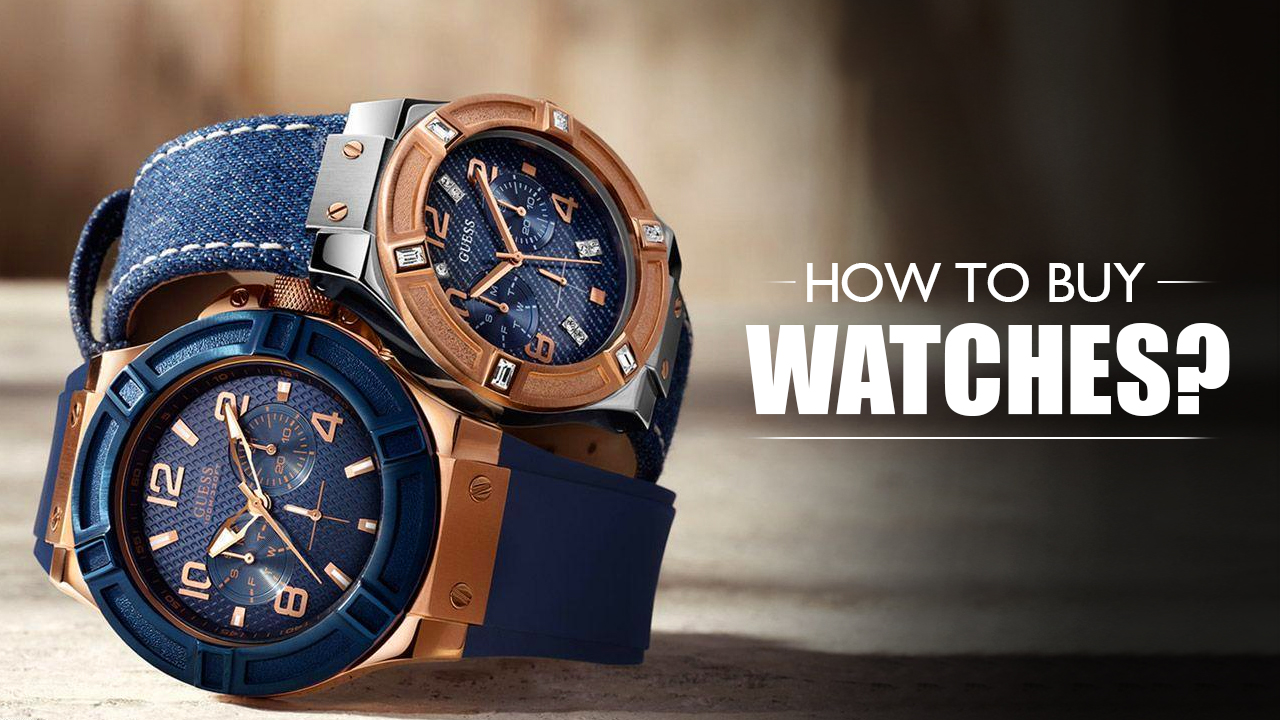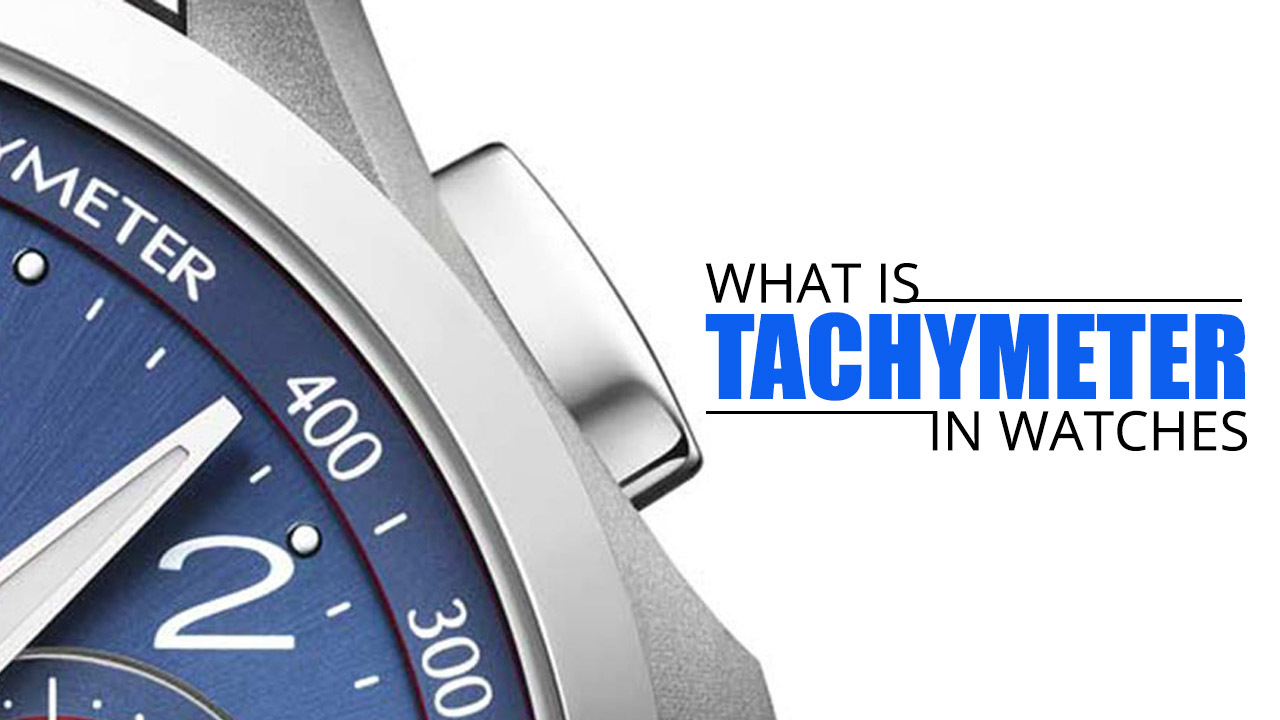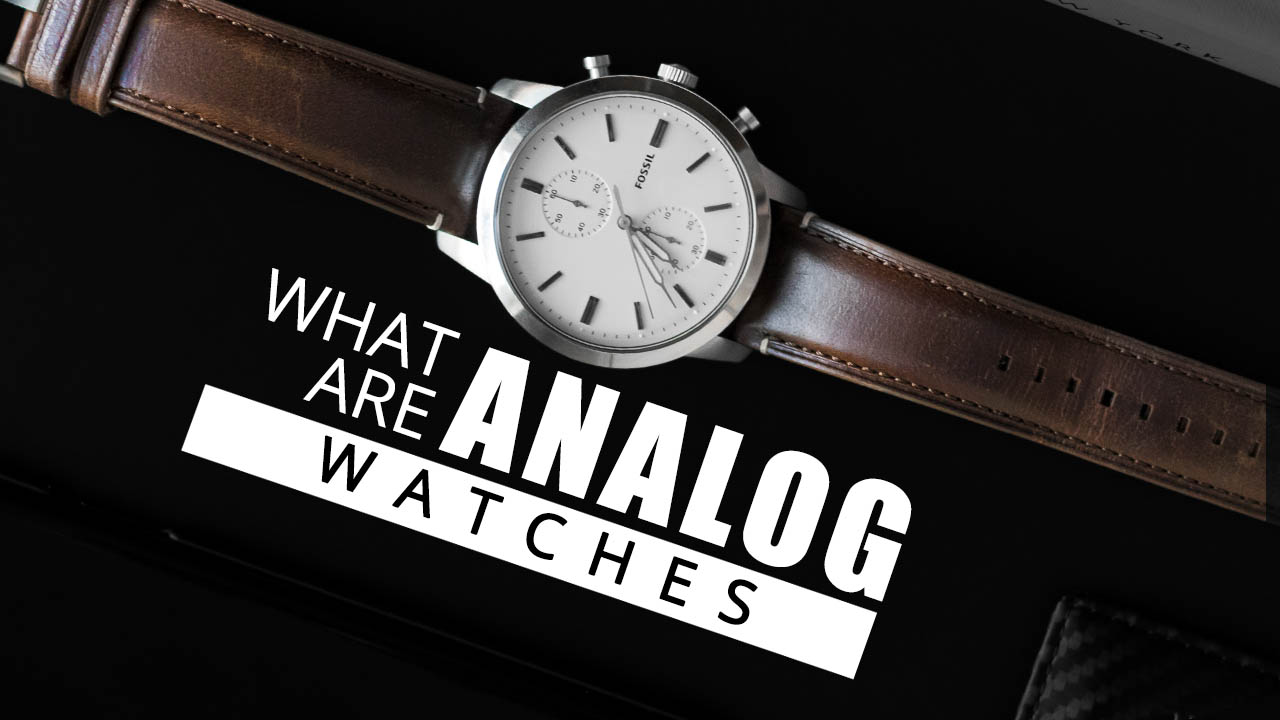
An automatic watch is a self-winding timepiece that uses the natural motion of the wearer’s arm to wind the mainspring. This type of watch is often considered to be more accurate and durable than its quartz counterparts, making it a popular choice among watch enthusiasts.
While automatic watches do require some initial setup and maintenance, they are generally low-maintenance timepieces that can provide years of trouble-free service.
In this article, we’ll take a closer look at automatic watches, how they work, and some of the benefits they offer over other types of watches.
📌Also Read: Best watches for women in India
Different Parts of An Automatic Watch
Before reading about how an automatic watch works, it is also helpful to know the different parts that make up this type of watch. By understanding the names and functions of each component, you will be able to follow along more easily as we explain the inner workings of an automatic watch.
The main components of an automatic watch are:
- Mainspring: It is the power source of an automatic watch. It is a tightly coiled spring that is wound manually or automatically. The energy stored in the mainspring powers the watch movement.
- Balance Wheel: It is the regulating component of an automatic watch. It oscillates back and forth at a constant rate, which drives the watch’s gears and ultimately keeps time.
- Escapement: It is a device in an automatic watch that controls the release of energy from the mainspring to the balance wheel. It allows the balance wheel to rotate a fixed number of times before it must be wound again.
- Gear Train: It is a series of gears in an automatic watch that transfer energy from the mainspring to the balance wheel. It consists of the Crown Wheel, Pinion Wheel, and Barrel Wheel.
- Jewels: These are bearings in an automatic watch that reduce friction in the gear train. They are usually made from synthetic sapphires or rubies.
- Dial: It is the face of an automatic watch that displays the time. It may also include other information such as the date, day of the week, or month.
- Hands: These are the pointers on an automatic watch that indicate the time. The hour hand points to the hour on the dial, while the minute hand points to the minute. The second hand may also be present, and it indicates the seconds on the dial.
- Case: It is the housing of an automatic watch. It protects the internal components of the watch from damage. The case may be made from metal, plastic, or wood.
- Crystal: It is the transparent cover on the dial of an automatic watch. It protects the dial from scratches and other damage. The crystal may be made from glass, plastic, or synthetic sapphire.
- Movement: It is the mechanism in an automatic watch that keeps time. It consists of the mainspring, balance wheel, escapement, gear train, and jewels. The movement is housed in the watch case.
- Winding Stem: It is the knob on an automatic watch that is used to wind the mainspring. It is usually located on the side of the watch case.
- Crown: It is the knob on an automatic watch that is used to set the time. It is usually located on the side of the watch case.
- Pushers: These are the buttons on an automatic watch that are used to operate the functions of the watch. They are usually located on the side of the watch case.
- Bezel: It is the ring that surrounds the crystal on an automatic watch. It may be used to rotate the crystal, which can be used to set the time or operate the functions of the watch.
- Bracelet: It is the strap or band that attaches an automatic watch to the wrist. It may be made from metal, plastic, leather, or cloth.
- Clasp: It is the device that is used to fasten the bracelet of an automatic watch to the wrist. It may be a buckle, fold-over clasp, or deployant clasp.
These are just a few of the many parts that make up an automatic watch. In order to fully understand how these watches work, it is necessary to take a closer look at each of these components and how they interact with one another. Keep reading to learn more about the inner workings of an automatic watch.
📌Also Read: Top watch brands for men
How Does An Automatic Watch Work?
Automatic watches are powered by the movement of your wrist as you wear them. This energy is stored in a spring, which gradually unwinds and powers the watch. As the spring unwinds, it spins a gear that powers the watch’s mechanisms.
The most important part of an automatic watch is the escapement, which releases the energy stored in the spring and controls the watch’s speed. The gears in an automatic watch are also very different from those in a Quartz watch. In an automatic watch, the gears are much larger and have special teeth that help transfer the energy from the spring to the rest of the watch.
Automatic watches also have a balance wheel, which helps to keep the watch running smoothly. The balance wheel is a small, weighted wheel that oscillates back and forth at a constant speed. This helps to keep the watch’s gears running smoothly and evenly.
The movement of the balance wheel also powers the watch’s Hands, which tell time. Automatic watches are much more complex than Quartz watches, but they are also much more accurate and durable.
Quartz watches are powered by a battery, which needs to be replaced every few years. Automatic watches, on the other hand, can last for decades with proper care.
📌Also Read: Best watches under 10000
Benefits & Drawbacks of An Automatic Watch
An automatic watch is a type of watch that uses the energy from the wearer’s body to wind itself, as opposed to being wound manually or by an external power source. Automatic watches are generally more expensive than their quartz counterparts, but they are also seen as being more accurate and durable. Here are some pros and cons of automatic watches to help you decide if one is right for you.
Pros
- Automatic watches are powered by the energy from your body, so you never have to worry about winding them or replacing batteries.
- They are generally more accurate than quartz watches.
- They require less maintenance than quartz watches.
- They tend to be more durable than quartz watches.
Cons
- Automatic watches are more expensive than quartz watches.
- They can be damaged by shocks (such as being dropped) more easily than quartz watches.
- They require regular cleaning and servicing to keep them running smoothly.
- They can be difficult to repair if they break.
Automatic VS Manual Winding Watches
There are two types of watches when it comes to the winding mechanism, automatic and manual. Both have their own set of pros and cons that make them unique. It is important to understand the difference between the two before making a purchase.
Automatic watches are powered by the movement of your body. This means that as long as you are wearing the watch, it will stay wound and running. The main advantage of an automatic watch is that you never have to worry about winding it or setting the time. It is also a very low maintenance option since there are no batteries to replace.
On the downside, automatic watches are more expensive than their manual counterparts. They are also not as accurate since they are powered by the movement of your body. If you are looking for a watch that is very accurate, a manual wind watch would be a better option.
Manual winding watches must be wound by hand in order to keep them running. This can be done by turning the knob on the side of the watch or by using a special key. The advantage of a manual wind watch is that they are very accurate since you are manually winding them. They are also less expensive than automatic watches.
The downside of manual winding watches is that they require more maintenance than automatic watches. You must remember to wind them every day or they will stop working. They are also not as convenient since you have to take the time to wind them.
When choosing between an automatic or manual winding watch, it is important to consider your needs and budget. If you are looking for a low maintenance watch that is very accurate, a manual wind watch would be the better option. However, if you are willing to spend more money and don’t mind winding the watch yourself, an automatic watch would be a better choice.
📌Also Read: Fossil watches below 10000
Conclusion
Automatic watches are a type of watch that uses a mechanical movement to keep time. The most common type of automatic watch is the self-winding watch, which uses the motion of the wearer’s body to wind the mainspring, keeping the watch running.
Automatic watches are typically more accurate than quartz watches and require less maintenance. Many people find the ticking of an automatic watch to be soothing, and the watches themselves to be more aesthetically pleasing than quartz watches. Automatic watches make a great addition to any watch collection and can be passed down as heirlooms.
Frequently asked questions (FAQs)
1. What does it mean when a watch is automatic?
An automatic watch is a type of watch that uses the movement of the wearer’s body to wind the watch’s mainspring, making it self-sufficient in terms of energy. This contrasts with a manual watch, which must be wound by hand periodically.
2. How long do automatic watches last?
Automatic watches are built to last a lifetime with proper care. With regular use, an automatic watch should easily last 20 years or more without any major problems. However, like any other type of watch, automatic watches can experience issues that may require repair or maintenance. Watchmakers typically recommend having an automatic watch serviced every 3-5 years to ensure that it remains in good working condition.
3. What is the advantage of an automatic watch?
The main advantage of an automatic watch is that it is much more accurate than a manual watch. This is because an automatic watch uses a quartz crystal to keep track of time, while a manual watch relies on the movement of the wearer’s body to keep time. An automatic watch is also much easier to care for than a manual watch since it does not require winding.
4. Does an automatic watch need a battery?
No, an automatic watch does not need a battery. Instead, it is powered by the motion of your wrist as you wear it. This means that it is environmentally friendly and doesn’t require any extra care or maintenance. Some people prefer automatic watches because they feel more in tune with the natural rhythm of the body. Others simply appreciate not having to worry about replacing a battery every few years. Whichever camp you fall into, an automatic watch is definitely worth considering.
5. Do you have to wind an automatic watch?
No, you don’t have to wind an automatic watch. Automatic watches are designed to be self-winding, meaning they will wind themselves as you wear them. If you’re not wearing your watch, you can store it in a watch winder to keep it ticking. However, if you want your automatic watch to run at its best, you should wear it regularly.





